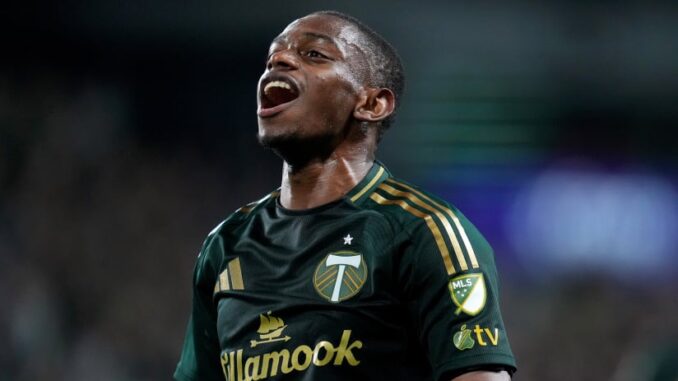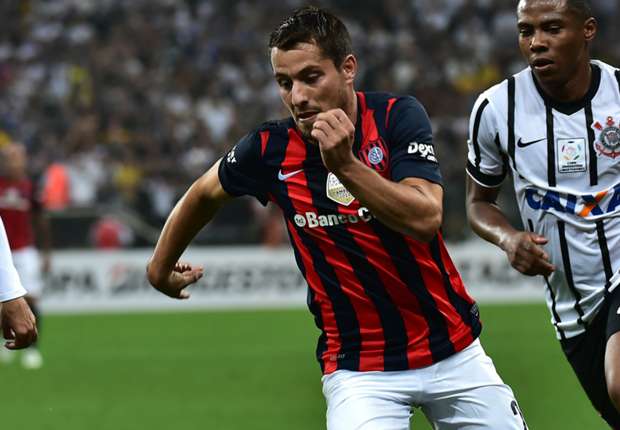
For a moment, it seemed like everything was going to fall apart for David Da Costa at his boyhood club, RC Lens. He was getting less and less playing time. There was growing criticism around his work rate. Questions swirled about whether his size and style could compete in the brutal, physical world of French football. The path forward couldn’t be more unclear.
Then came the Portland Timbers.
They didn’t just offer him a fresh start; they handed him the whole stage. Portland needed a new face of their club, someone to fill a huge void and help rebuild an attack that was among Major League Soccer’s best in 2024. They saw that potential in Da Costa, and they made it clear by spending six million dollars to acquire his services.
Just ask head coach Phil Neville. “We’ve now got the best number 10 in the Western Conference,” he said in February, days after the transfer was made official. “He’s a special player.”
Still, despite the excitement around his arrival, expectations around the club were tempered for year one. New players, especially attackers coming from different continents, are known for needing time to adjust to the heavy travel demands and the physicality of MLS. Last winter’s most expensive signing, Chicago’s Hugo Cuypers, has nearly matched his goal total from last season in half the games.
Da Costa, specifically, had never really known anything else but northern France. The 24-year-old from Portugal moved with his family at age nine and entered Lens’s youth ranks three years later. The physical and emotional distance from everything and everyone familiar can only add to the challenge of trying to find success 5,000 miles away in the Rose City.
Well, fast forward a few months into the future, and you’d be hard-pressed to find any signs of a difficult transition.
With Portland pushing toward the top of the conference standings and the attack once again ranked top 10 for goals scored, Da Costa is already being talked about as one of the most impactful attacking midfielders in the entire league. His seven assists puts him second among the league leaders, and he ranks safely in top 20 in key passes along with successful crosses. He’s quickly proven himself to be a clear cut elite playmaker.
He’s also been one of the league’s most effective dribblers in tight spaces, ranking in the 70th percentile or better among other MLS midfielders in progressive carries, progressive carrying distance, and take-on success rate. His quick feet and balance let him glide past defenders, and it’s that slipperiness on the ball that allows him to progress the ball forward and unlock tons of chances in the final third.
The next step for Da Costa to really break into that top tier alongside Evander, Lucho Acosta, and Lionel Messi will be to become a more consistent scoring threat. His finishing is still a work in progress, the ideas are there, but the execution can be sharper. Even so, you have to be thrilled with what he’s already bringing, and things should only get much, much better as he grows more comfortable with the country and the league.



